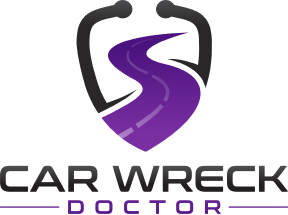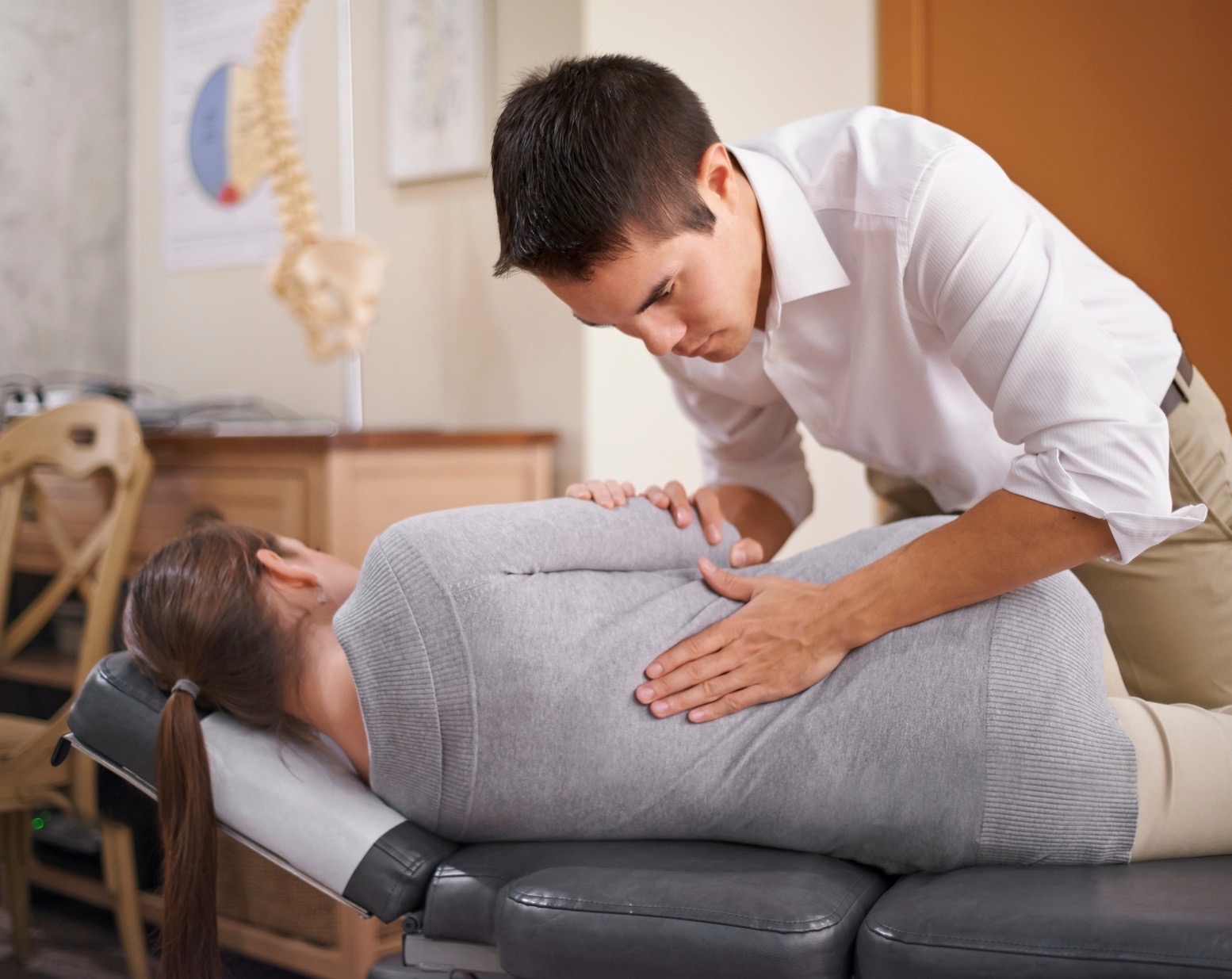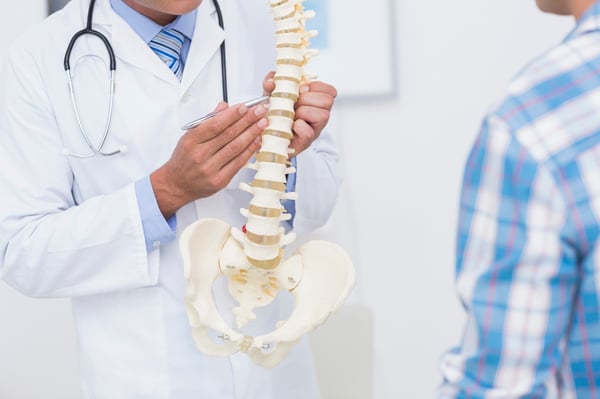Our spines are one of the most important parts of our body, and also one of the most sensitive.
It's estimated that back pain will plague 80% of the American population at some point in their life - and it can be some of the most debilitating pain you'll ever feel.
Injuring your back will not only ruin one day of your life, but it has the potential to impact the rest of your life.
Everything from scoliosis to osteoporosis, whiplash, lumbar stenosis, and cervical degenerative disc disease, all come with their own set of risks and complications.
There are a myriad of spinal disorders you could be diagnosed with, and sometimes even getting a diagnosis can prove to be a stressful experience.
One of the best ways to reduce your fears and concerns is to gain a better understanding of your condition.
Hyperlordosis is another condition that can have an impact on your life.
In the article below, we'll learn more about hyperlordosis, how a lack of exercise can accelerate it, and what to do if you think you may be experiencing it.
Table Of Contents
- What Is Hyperlordosis?
- Symptoms Of Hyperlordosis
- What Causes Hyperlordosis?
- Diagnosis
- When Should You See A Doctor?
- Treatment
- How To Prevent Hyperlordosis
- Hyperlordosis Is Treatable And Preventable
What Is Hyperlordosis?
Our spines have a natural curvature, but too much curve can cause problems.
Hyperlordosis is a condition where the inward curve of the spine near the lower back is exaggerated.
This condition can also be referred to as swayback or saddleback.
Hyperlordosis can occur in all ages, although it is more rare in children.
The good news however, is that it is reversible.
Symptoms of Hyperlordosis
Hyperlordosis can cause muscle tightening and stiffness in your lower back.
It can also cause damage to the spine and soft tissues in the lumbar region.
If you have hyperlordosis, you will likely experience the following common symptoms:
- Curved Spine: Hyperlordosis leads to excessive curvature of the spine the lower back, causing the abdomen and buttocks to appear more prominent in profile view.
- Lower Back Pain: If you have hyperlordosis, you will likely experience back pain, which typically worsens with movement.
- Tight Muscles: An exaggerated curvature of the spine can cause weak muscles, which can lead to issues like neck pain, tight hip flexors, weak gluteal muscles, muscle spasms, limited range of motion and more.
-back to contents
What Causes Hyperlordosis?
Bad posture is the number one cause of hyperlordosis. There are also many other factors and bad habits that can lead to hyperlordosis, including but not limited to:
- Obesity
- Wearing high-heeled shoes all of the time
- Spinal injuries
- Lack of exercise
- Neuromuscular diseases
- Rickets
- Being in a standing or seated position for extended periods of time
- Weak core muscles
If you're curious to see if you have poor posture, there's a simple at-home test you can do.
First, stand up straight against a wall in a neutral position. with your legs shoulder width apart, feet flat on the floor, and your heels about two inches away from the wall.
Your head, shoulder blades, and bottom should all be touching the wall. There should be just enough space to slip your hands between the wall and the small of your back.
If you have hyperlordosis, there will be more than one hand space between your back and the wall.
Of course, don't put too much emphasis on this at-home test. Always consult a doctor before jumping to any conclusions.
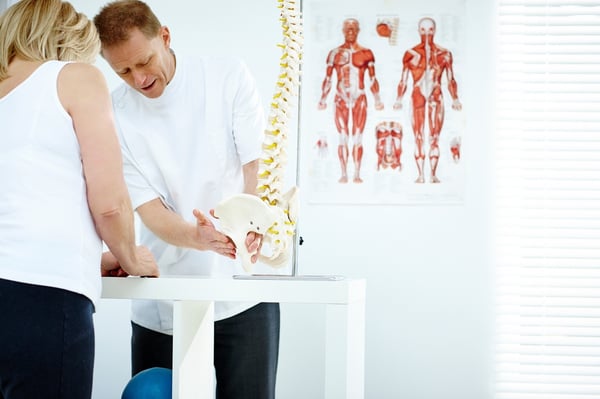
Diagnosis
There's a huge variety in natural lower spine curvature throughout the general population. Which means that there's not a 'one size fits all' curvature to the lower spine - and there's not one simple test your doctor can perform to determine if you have the condition.
An X-ray may help measure the curvature of the spine, but a doctor will request an MRI or CT scan if they think an abnormality in the soft tissue is responsible for the hyperlordosis.
When Should You See A Doctor?
Fortunately, most cases of hyperlordosis don't require extensive medical care and can typically be healed through correcting your alignment, along with therapeutic exercises.
There are ways for you to correct your posture on your own, such as performing regular exercises and stretches that will help you maintain good posture and a healthy spine.
If you think you have poor posture and are worried it could be causing your chronic pain, schedule an appointment with your doctor or chiropractor.
Depending on your diagnosis, your doctor may refer you to a back specialist, chiropractor, or physical therapist.
Hyperlordosis is sometimes a sign of a pinched nerve, bone loss in your spine, or even a damaged disk.
During your appointment, your doctor will complete a physical examination. They'll ask you questions about your medical history, when the pain started, if you have any limited movement, and how it's affecting your daily life.
They may also order an X-ray of your spine as well as a neurological exam to aid in their diagnosis.
Treatment
If you end up being diagnosed with hyperlordosis, your doctor may begin by prescribing pain relief and anti-inflammatory medication to relieve the painful symptoms and ease muscle tension.
They may also refer you to a chiropractor who can work out a long term treatment plan for you that will help with the pain and help get your spine back into proper alignment.
If excessive body weight is a contributing factor to your hyperlordosis, your doctor or chiropractor will likely come up with a plan to help you get rid of excess weight.
How To Prevent Hyperlordosis
If you've suffered from hyperlordosis in the past, or you just want to be sure it's nothing you have to worry about in the future, there are steps you can take to prevent it.
The best way to prevent hyperlordosis is to pay attention to posture. Practicing correct posture can help in more ways than people give it credit.
Keeping your spine correctly aligned will prevent issues on your neck, hips, and legs that could lead to problems later in life.
Here's a list of more thing you can do to prevent hyperlordosis:
- If weight is an issue, start a weight loss program. Talk to your chiropractor for help getting started
- If you sit a lot during the day, be sure to take small breaks to get up and stretch. If your office environment allows, try sitting on a balance ball at your desk.
- If you stand for a long time, make sure to shift your weight from one foot to the other, or from your heels to your toes
- Sit with proper posture, with feet flat on the floor and your legs bent at a 90-degree angle
- Use a pillow or rolled towel to support your lower back when sitting
- Wear comfortable, low-heeled shoes
- Stick to an exercise program of your choice on a regular basis that focuses on building strength, specifically your core strength.
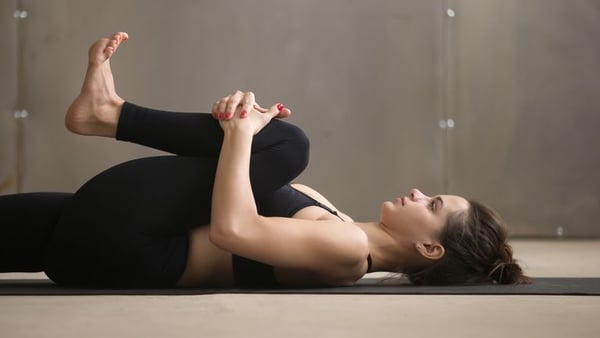
Hyperlordosis Is Treatable And Preventable
Most of the time, hyperlordosis is due to specific lifestyle factors. So, changing those bad lifestyle habits and focusing on both posture correction and spinal alignment, can often get rid of your hyperlordosis, or at least keep it at bay.
Making sure you practice proper posture and are maintaining a healthy weight by exercising regularly can prevent and improve issues with hyperlordosis.
If exercise and good posture don't alleviate the symptoms of hyperlordosis, seek the advice of your chiropractor.
There are also other conditions of the spine that can cause or aggravate hyperlordosis, although it's not as common.
Your chiropractor will complete a full physical exam to make a proper diagnosis of your symptoms and will then tailor a treatment plan that includes corrective exercises specifically for you.
If you don't currently have a chiropractor, the experts at the Car Wreck Doctor can help you out.
Click the button below to get a free chiropractic consultation and started on your treatment goals.
